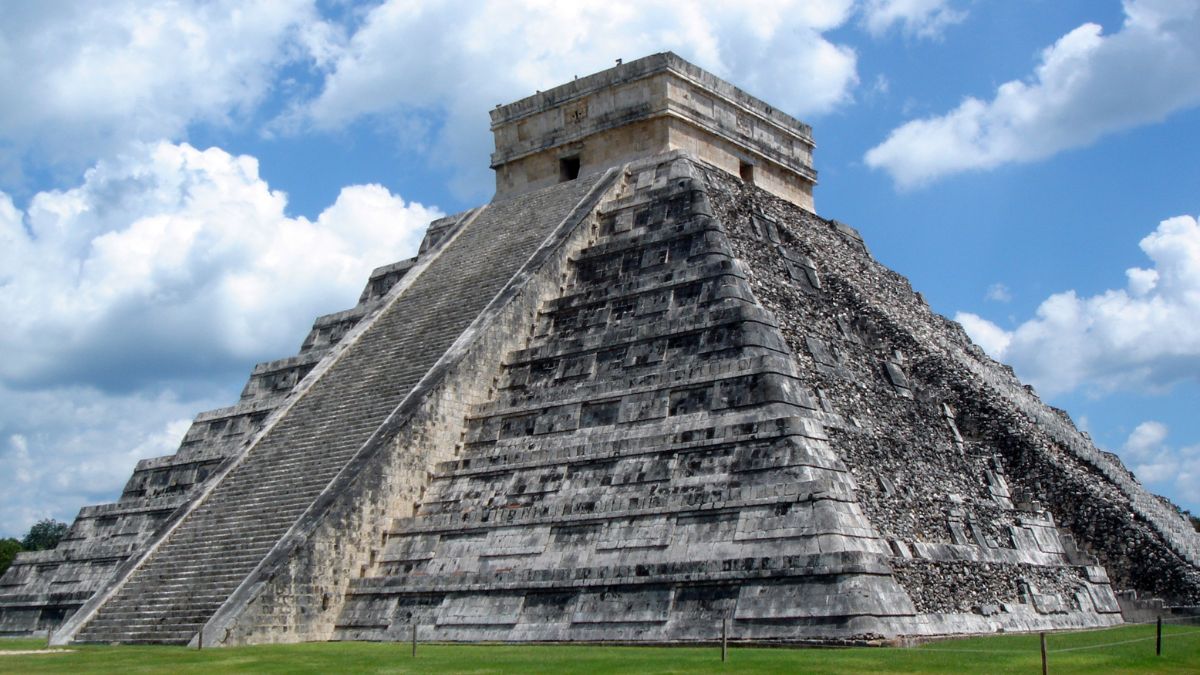Kalidasa (Classical Sanskrit Literature)
Kalidasa (Classical Sanskrit Literature)
Empires in the Americas: Aztec, Inca, and Maya

Empires in the Americas: Aztec, Inca, and Maya
In the tapestry of human history, few threads are as vivid and awe-inspiring as those woven by the great empires of the Americas: the Aztec, Inca, and Maya. These civilizations, flourishing in isolation from the Old World, constructed some of the most sophisticated societies of their time, leaving behind legacies that continue to captivate and astonish the modern world.
The Aztec Empire, a dazzling mosaic of culture and power in the heart of Mesoamerica, rose from the marshes of Lake Texcoco, where its capital, Tenochtitlán, was a marvel of engineering and architectural genius. Imagine a city as grand as any in Europe, crisscrossed by canals and bridges, its Great Pyramid of Tenochtitlán towering into the sky, a testament to the Aztecs’ profound spiritual and political ambitions. The Aztecs were not only master builders but also formidable warriors and shrewd diplomats, weaving a tapestry of tribute and trade that extended their influence far beyond the Valley of Mexico. Their society was a complex hierarchy where poetry thrived as much as prowess in battle, and where the cosmos itself was mapped onto their city’s layout, a harmonious blend of the human and divine.
To the south, the Inca Empire stretched along the spine of the Andes, a realm so vast it seemed to hold the continent in an embrace from Colombia to Chile. The Incas achieved what few could imagine: a harmonious unification of diverse cultures and landscapes under the banner of the Sapa Inca, their divine ruler. With no written language, they communicated across the empire’s length via the Quipu, a system of knotted strings that conveyed messages with astounding precision. Their road system, an engineering marvel, facilitated not only the movement of armies and goods but also integrated a mosaic of peoples into a single political and economic entity. The crowning glory of the Inca civilization, Machu Picchu, perched high in the Andes, remains a symbol of their architectural and spiritual vision, a place where the earth touches the heavens.
Amidst the dense forests of the Yucatán Peninsula and beyond lay the sprawling cities of the Maya, a civilization that illuminates the pre-Columbian Americas like a constellation of stars. The Maya were not a single empire but a network of city-states, each a center of learning and religion, where the sky itself was a canvas for their astronomical achievements. Their pyramids and temples, inscribed with hieroglyphs, tell stories of gods and kings, of cycles of destruction and renewal that mirrored the heavens’ movements. The Maya mastered time itself, creating calendars of such accuracy that they rival those of today, and their advancements in mathematics and astronomy are a testament to a civilization deeply attuned to the universe’s rhythms.
The Aztec, Inca, and Maya empires, each unique and splendid, were united in their ability to inspire awe through their achievements in architecture, engineering, and the arts. They remind us of the incredible capacity of human societies to adapt, innovate, and flourish in harmony with their environments. These civilizations, though ultimately succumbed to the forces of time and conquest, continue to fascinate and inspire, their legacies enduring as monuments to human ingenuity and spirit. In contemplating their histories, we are reminded of the richness of the past and the endless possibilities for human achievement.